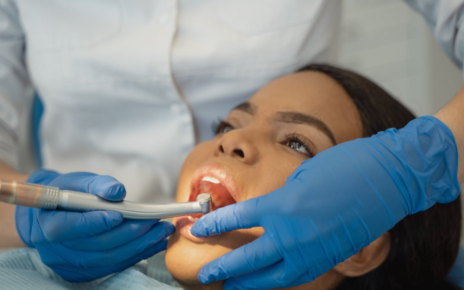Female hair loss is a distressing condition that affects women of all ages. While it’s common to associate hair loss with men, women can also experience significant hair thinning or baldness. In this article, we will explore the common causes of female hair loss and discuss effective treatment options.
Understanding Female Hair Loss
Female hair loss, also known as female pattern baldness or androgenetic alopecia, is the gradual thinning of hair over time. Unlike male pattern baldness, which typically results in a receding hairline and bald spots, female hair loss often leads to diffuse thinning of the scalp. It’s essential to understand that female hair loss can affect women of any age, and its causes can vary widely.
Common Causes of Female Hair Loss
- Hormonal Imbalances: Fluctuations in hormones, such as those during pregnancy, menopause, or conditions like polycystic ovary syndrome (PCOS), can lead to hair loss.
- Nutritional Deficiencies: Inadequate intake of essential nutrients like iron, biotin, and protein can weaken hair follicles.
- Stress and Emotional Factors: High-stress levels can trigger hair shedding, a condition known as telogen effluvium.
- Genetics: Family history plays a significant role in female hair loss.
- Medical Conditions: Certain medical conditions, like thyroid disorders or autoimmune diseases, can contribute to hair loss.
- Hairstyling Practices: Excessive use of tight hairstyles or hair treatments can damage hair follicles.
- Medications: Some medications, including certain birth control pills and antidepressants, can have hair loss as a side effect.
- Aging: Natural aging leads to hair thinning in many women.
- Pregnancy and Postpartum: Hormonal changes during and after pregnancy can result in temporary hair loss.
- Autoimmune Disorders: Conditions like alopecia areata cause the immune system to attack hair follicles.
Diagnosing Female Hair Loss
If you’re experiencing hair loss, it’s crucial to consult a healthcare professional or dermatologist. They can diagnose the underlying cause through physical examination, blood tests, and sometimes a scalp biopsy.
Treatment Options
The treatment for female hair loss depends on its cause. Here are some common treatment options:
- Lifestyle Changes: Maintain a balanced diet, manage stress, and avoid excessive hairstyling.
- Dietary Modifications: Incorporate foods rich in vitamins and minerals essential for hair health.
- Topical Treatments: Over-the-counter minoxidil can help stimulate hair growth.
- Prescription Medications: Some medications, like finasteride or spironolactone, may be prescribed by a healthcare provider.
- Hair Restoration Procedures: Options include hair transplants and laser therapy.
Preventing Female Hair Loss
While not all causes of female hair loss are preventable, you can take steps to minimize the risk:
- Maintain a healthy lifestyle.
- Address nutritional deficiencies.
- Be gentle with your hair.
- Limit the use of harsh hair products.
Emotional Impact
Hair loss can take a toll on a woman’s self-esteem and emotional well-being. It’s essential to seek support from loved ones and consider counseling if needed.
When to Seek Professional Help
If you notice excessive hair shedding, changes in hair texture, or significant thinning, consult a healthcare professional promptly. Early intervention often leads to better outcomes.
Myths and Misconceptions
- Washing hair frequently causes hair loss: False. Proper hair care is essential, but washing your hair regularly won’t lead to hair loss.
- Hats cause hair loss: False. Wearing hats does not cause hair loss unless they are excessively tight.
- Hair loss is only genetic: While genetics play a role, other factors can contribute to female hair loss.
Conclusion
Female hair loss is a common issue that can have a significant impact on a woman’s confidence and self-esteem. By understanding the common causes, seeking timely help, and exploring treatment options, women can address this concern effectively. Remember that your hair’s health is an essential aspect of your overall well-being, and taking action is the first step toward regaining your confidence.




